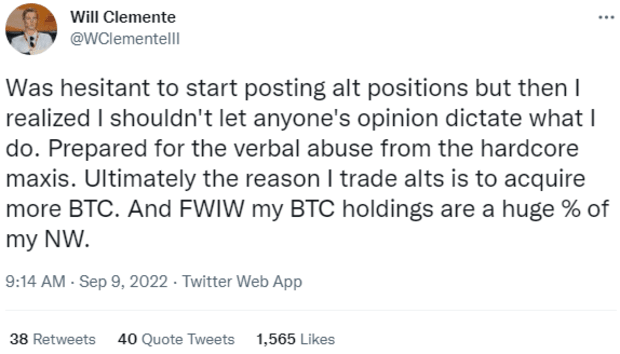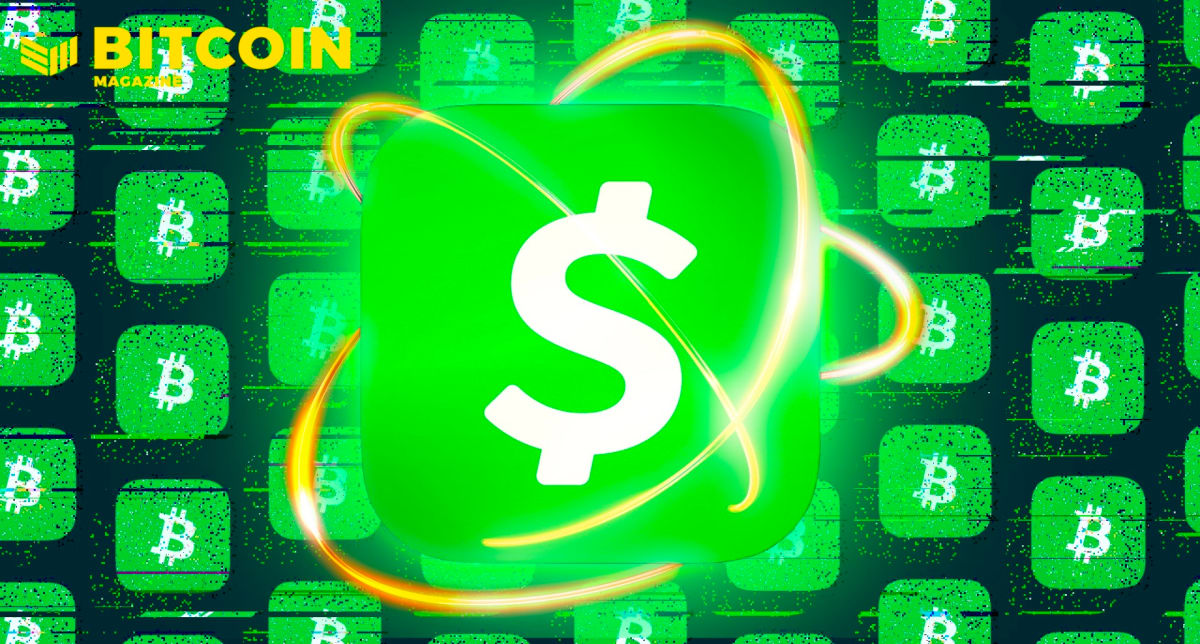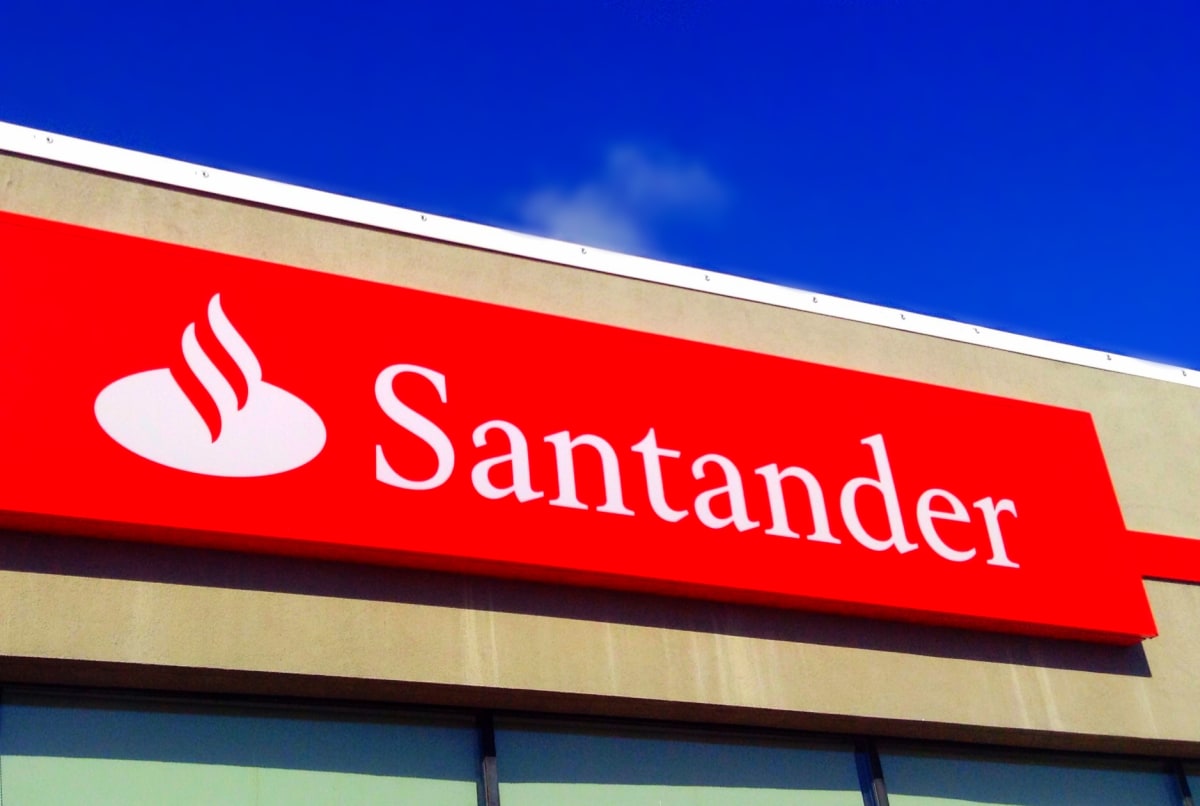The Financialization Of Real Estate Is The Problem, Bitcoin Is The Solution
Some claim that Bitcoiners are the cause of price increases in developing countries’ real estate markets, but that doesn’t tell the whole story.
This is an opinion editorial by Jeremy, an advisor to Escape to El Salvador which is a community of professionals who assist expats in gaining residency and citizenship in El Salvador.
Over the last few years, a lot of fuss has been made about so-called “crypto-colonizers” moving to the developing world and taking advantage of affordable housing and other amenities provided by disadvantaged locals. The Washington Post, Business Insider and even the New York Times reported from Puerto Rico, throwing around terms like “gentrification,” and associating this new class of wealthy, globe-trotting entrepreneurs with words like “utopian,” “idealist,” and the slimier “evangelist.”
Now, I’m not here to defend any particular individual or how they made their money, or even what they plan to do with it. Instead, I want to drill into one, very specific foundation for these types of accusations: that the rise in prices is due to demand. Superficially, that’s partly true. As anyone who has taken an intro to economics course can tell you, prices are set by the law of supply and demand. Each of these, in turn, can be influenced by a variety of factors. For the purposes of this article, I want to focus completely on real estate.
Real estate has a supply problem: They aren’t making any more land and all of it is already spoken for. Outside of a few eccentric efforts to raise islands from the sea, if you want a place to live, you have to buy it or rent it from someone. The seller is going to decide how much they are willing to accept for it based on a variety of factors: primarily its location, but also its use and the quality of its improvements. You can break this down even further and consider the view, the legal jurisdiction, the applicable tax regime, the soil quality of the land, its ease of access, perhaps whether it contains rare or useful minerals or other natural resources and finally, whether there may be a conservation or historical element to its valuation.
On the demand side of the equation, there are just as many nuances. A buyer will decide how much they are willing to pay by considering all of the above, plus one additional truth: You gotta live somewhere. Not choosing a place isn’t a realistic strategy unless the ambiance of a highway overpass or the unique aroma of the dry patch behind the dumpster in the alley downtown really speaks to you. There is one additional factor that weighs heavily on the minds of both buyer and seller that has caused real estate prices to rise more than any other: financialization.
As a thought experiment, imagine what the cost of a house would be if its value were completely dependent on its utility as a house. In other words, how much would you be willing to pay to keep the rain from dripping on your head when you sleep, or for having a safe place to raise a family? How much do the materials of its construction contribute to its price? Size is important, as well as aesthetics and so on, but surely you’ll agree that the price requested for most homes greatly exceeds its utility value solely as a house. The remainder of its price has more to do with its utility as a financial asset. In fact, that might be the primary driver of price in most real estate markets today. So how did we get here?
Our current global economy is designed around a simple idea: By slowing eroding the value of money through inflation, you stimulate investment and growth. Sounds easy, right? The problem is that most people aren’t savvy enough to invest in a complex marketplace, so investing in real estate becomes a proxy for a long-term store of wealth. This kind of system is inherently unstable given the fate of every fiat currency that has ever been tried. Ultimately, every issuer of currency succumbs to the desire to print ever-expanding amounts, leading to hyperinflation. Asset prices rise in accordance with the supply of money and everything ends up being too expensive to buy toward the end of the cycle.
If it weren’t obvious, we’re at the end of the cycle. Prices of everything are setting records and it is human nature to want to assign the blame for the fact that home ownership, which once seemed to be a reachable goal, is now a distant fantasy. If you look around and the only folks that seem to be able to afford the home you wish you had are the nouveau riche, then they can seem convenient to blame — even more so if they are flagrantly terrible people. But, and this is the important part: They aren’t to blame for the rising prices. Blaming them for the unaffordability in the market is like blaming a baby for its pregnancy. Scammers aren’t the disease, they’re a symptom.
So now that you’re thoroughly depressed, you may be asking, “What can we do about it?” The answer is simple, although to those disadvantaged locals it may seem counterintuitive. The answer is to adopt bitcoin as quickly as you can. Switch yourself, your family, your neighborhood, and your country over to a bitcoin standard without delay. Only by taking the ability to print money out of the hands of the ruling class, can we put an end to the hyperinflationary death spiral we are now experiencing. If you are in a developing country, one of the best ways you can get started with this is to reach out to that bitcoin immigrant you might have been quick to blame. Realize that if they spend bitcoin on a house in your community, for example, that’s a great way to get bitcoin flowing through the local economy, and that’s what adoption looks like.
There is no shortcut here and the transition will be bumpy. But unless we switch to a deflationary currency that doesn’t create the incentive to financialize assets like real estate, the situation will get worse.
This is a guest post by Jeremy. Opinions expressed are entirely their own and do not necessarily reflect those of BTC Inc. or Bitcoin Magazine.









